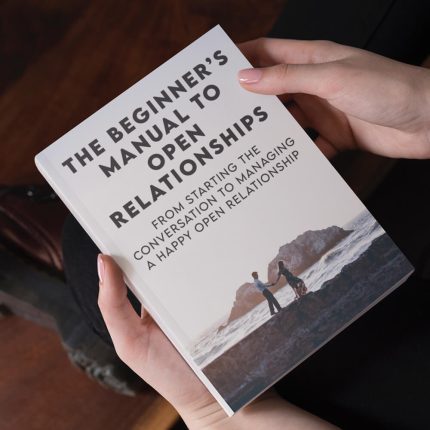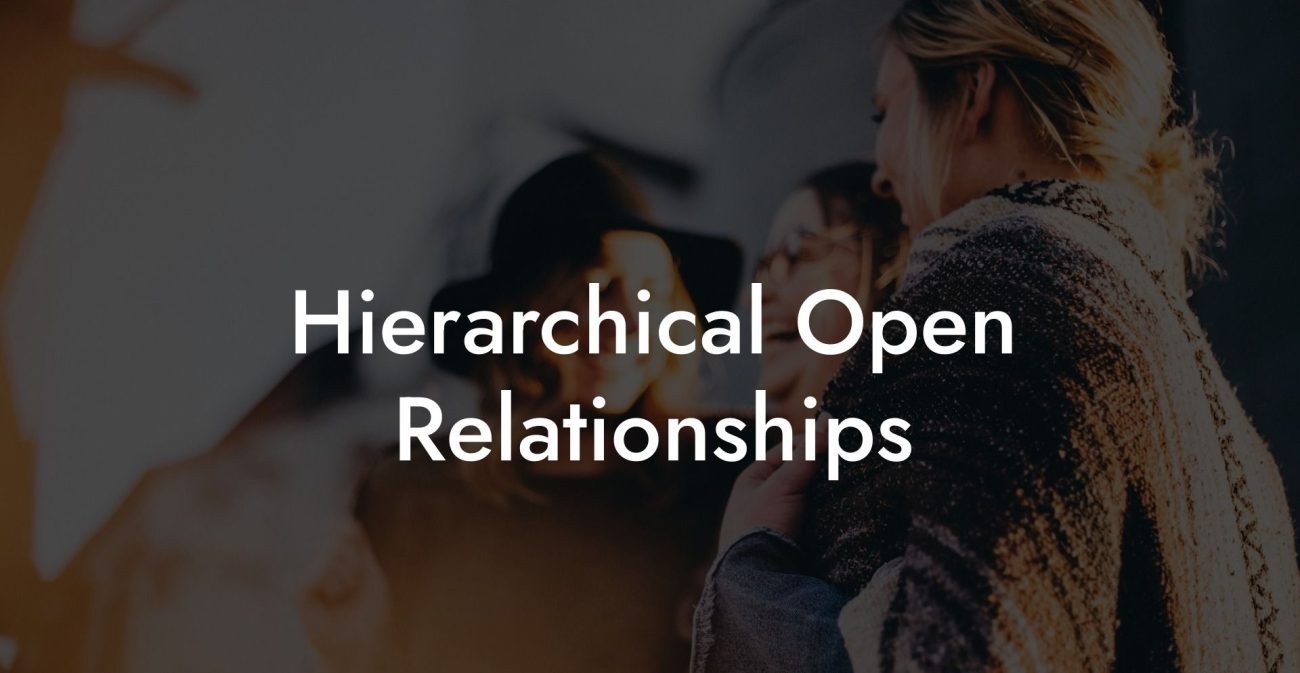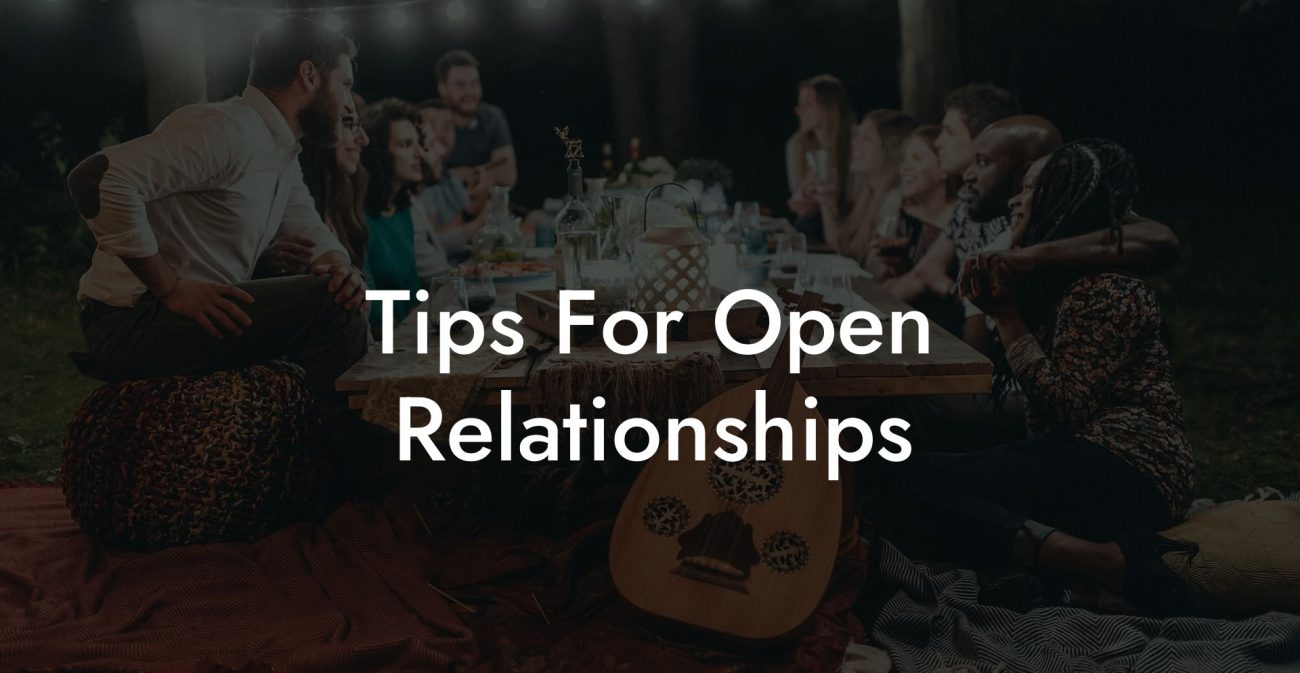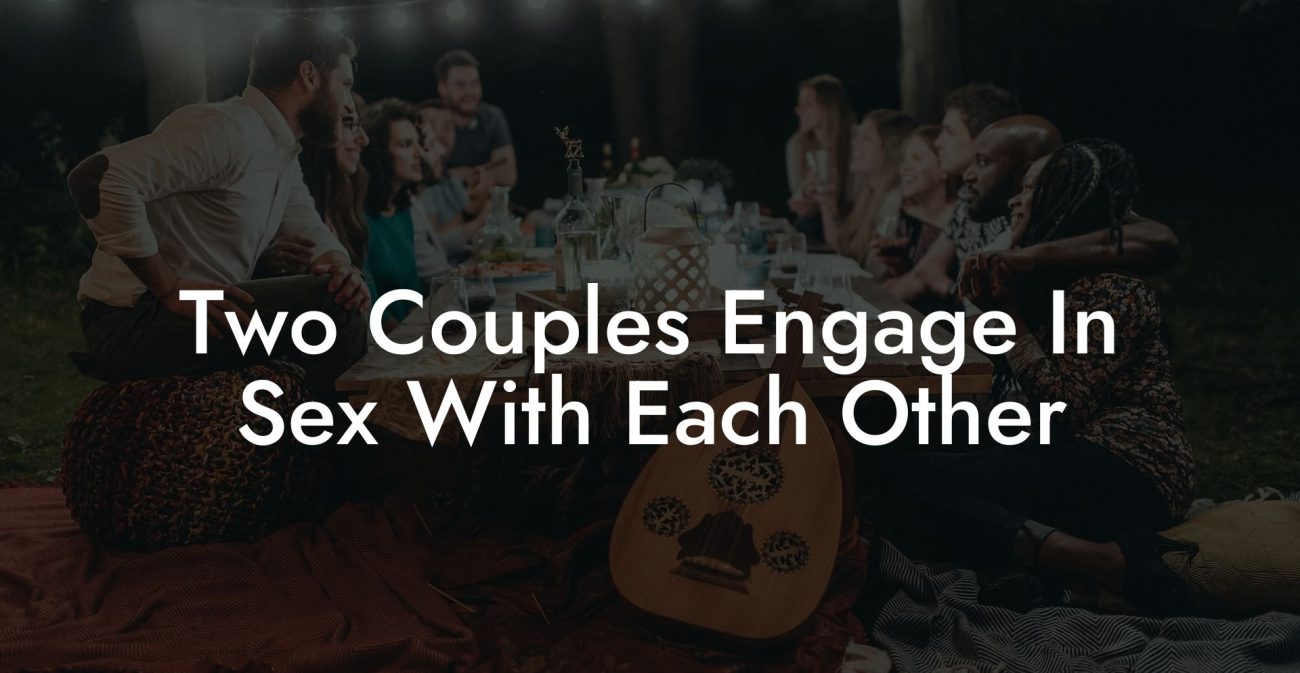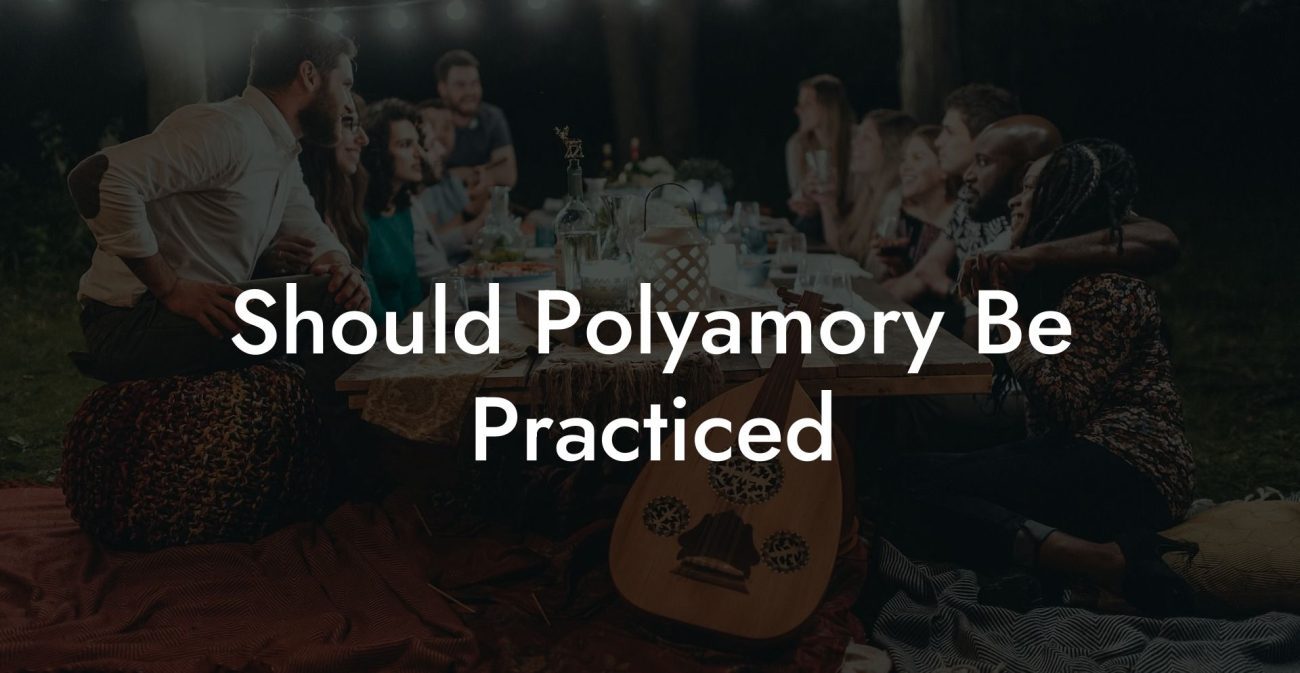Primary Relationship: Definition & Meaning

This guide will explore what a primary relationship is, discuss its significance in both monogamous and non-monogamous contexts, and delve into the emotional, legal, and practical dimensions that define and influence primary relationships. Whether you’re a Gen-Z or millennial looking to understand the nuances of relationship dynamics or a researcher studying contemporary partnership models, this resource provides in-depth insights and practical strategies to help you navigate the concept of a primary relationship.
Have you ever wondered if monogamy is just a stupid little experiment? Open relationships, polyamory, relationship anarchy...find out which relationship dynamic suits you best with our one minute relationship test. See if you are just conforming to "societal norms". Reveal your truth >>
Quick Links to Useful Sections
- Understanding Primary Relationships
- What Is a Primary Relationship?
- Definition and Etymology
- The Role of Primary Relationships in Different Relationship Models
- Primary Relationships in Monogamy
- Primary Relationships in Consensual Non-Monogamy
- Importance of the Primary Relationship
- Core Principles of Primary Relationships
- Commitment and Stability
- Communication and Transparency
- Mutual Respect and Equity
- Emotional Support and Security
- Benefits and Challenges of a Primary Relationship
- Benefits
- Challenges
- Practical Strategies for Strengthening a Primary Relationship
- Establish Open Communication Channels
- Set Clear Boundaries and Expectations
- Invest in Self-Care and Personal Development
- Build and Lean on a Support Network
- FAQ: Your Primary Relationship: Definition & Meaning Questions Answered
In a world where relationship models are more diverse than ever, many people find that establishing a primary relationship—a central, committed bond that anchors other connections—can offer stability and clarity. At the same time, the concept of a primary relationship may differ depending on whether it is situated within a monogamous framework or as part of a consensual non-monogamous lifestyle. Read on to discover the definition, core principles, benefits, challenges, and practical strategies associated with primary relationships.
Understanding Primary Relationships
What Is a Primary Relationship?
A primary relationship refers to a central, committed partnership that serves as the foundation for an individual's intimate life. In many cases, the primary relationship is considered the most emotionally significant bond, and it is where the bulk of time, trust, and resources are invested. In both monogamous and non-monogamous contexts, the primary relationship typically acts as an anchor—providing stability, support, and a secure base from which other relationships may branch out.
For those practicing consensual non-monogamy, the primary relationship is often distinguished from secondary or casual connections. It is the relationship in which partners agree to prioritize each other above all other romantic or sexual engagements. In contrast, in traditional monogamous relationships, the primary relationship is inherently exclusive, meaning there are no secondary partners.
Definition and Etymology
The term "primary relationship" combines the notion of being "primary"—the most important or central—with the concept of an intimate bond. While there is no single, universally accepted definition, it is generally understood to be a long-term, committed partnership that serves as the emotional core of an individual’s relational network.
The concept is particularly significant in the context of polyamory and open relationships, where individuals often designate one partner as primary to provide a secure base for managing additional connections. In such contexts, the primary relationship may involve shared living arrangements, joint financial responsibilities, or legal commitments (such as marriage), even when other non-primary relationships exist.
The Role of Primary Relationships in Different Relationship Models
Primary Relationships in Monogamy
In traditional monogamous relationships, the primary relationship is the sole focus of romantic and sexual commitment. This model is based on exclusivity, meaning that all emotional and physical intimacy is shared between the two partners. The benefits of such an arrangement include simplicity in communication, legal recognition, and societal support. Because there is only one partner, the emotional dynamic is singular and typically involves a deep, focused bond.
Monogamous primary relationships often come with clearly defined roles and expectations that are reinforced by cultural, legal, and religious institutions. The simplicity and clarity of monogamy provide many couples with a sense of security and predictability.
EXPLORE OUR ETHICAL NON-MONOGAMY & OPEN RELATIONSHIP SHOP
👨💻👩💻 Digital Store (Instant Download)
🍆💦 Clothing Store (Worldwide Delivery Available)
Multiple Lovers - Sharing Is Caring Unisex T-Shirt (Black)
$29.99Sharing Is Caring Unisex T-Shirt (Black)
$29.99Fuck Each Other Not The Planet Unisex T-Shirt (White)
$29.99Fuck Each Other Not The Planet Unisex T-Shirt (Black)
$29.99Three Isn't a Crowd Unisex T-Shirt (White)
$29.99Sharing Is Caring Daddy Cap (Black)
$39.99It's Not Cheating If He Watches T-Shirt (Black)
$29.99Real Men Share Pop Art T-Shirt (Black)
$29.99Real Men Share Pop Art T-Shirt (White)
$29.99I Love Watching Pop Art T-Shirt (White)
$29.99I Love Watching Pop Art T-Shirt (Black)
$29.99Three Isn't a Crowd Unisex T-Shirt (Black)
$29.99Primary Relationships in Consensual Non-Monogamy
In the realm of consensual non-monogamy—such as polyamory or open relationships—the primary relationship takes on a unique role. While individuals may have multiple romantic or sexual partners, one relationship is often designated as primary. This primary bond serves as the emotional anchor for the individual and is usually characterized by greater levels of commitment, shared responsibilities, and long-term planning.
In such models, the primary relationship is critical for providing stability and a secure base. It helps ensure that, despite the presence of other relationships, there is a central partnership that receives the majority of emotional, logistical, and sometimes financial support. The designation of a primary relationship can also help set boundaries and clarify expectations among all parties involved.
Importance of the Primary Relationship
Whether in monogamous or non-monogamous contexts, the primary relationship is often considered the cornerstone of an individual’s romantic life. It is where trust is built over time, where shared goals and dreams are cultivated, and where partners find a sense of belonging and security. For many, this relationship offers a reliable foundation from which to explore additional connections without losing sight of the central bond.
The importance of a primary relationship extends beyond emotional intimacy. In many cases, it also involves practical considerations such as shared living arrangements, financial planning, and long-term commitments that have legal implications. This central partnership can provide a sense of identity and continuity, particularly in communities that recognize or celebrate diverse forms of relationships.
Core Principles of Primary Relationships
Commitment and Stability
At the heart of any primary relationship is a commitment that provides emotional security and stability. In both monogamous and non-monogamous settings, the primary relationship is intended to be the most stable and enduring connection, serving as a reliable base for individual growth and shared endeavors.
This commitment often involves explicit agreements on time, resources, and long-term goals, helping partners align their expectations and build trust. For those in polyamorous arrangements, the primary relationship ensures that there is a central bond that remains intact, even as additional relationships evolve.
Communication and Transparency
Clear, ongoing communication is essential in maintaining a healthy primary relationship. This involves regularly checking in with one another, expressing needs and concerns, and negotiating boundaries as circumstances change. Transparent communication helps prevent misunderstandings and fosters a deep sense of trust.
In non-monogamous contexts, where multiple relationships coexist, the primary relationship often serves as the benchmark for communication practices. Effective dialogue within the primary relationship sets the tone for how partners interact with secondary relationships and ensures that all parties feel respected and valued.
Mutual Respect and Equity
Mutual respect is a foundational element of a primary relationship. It means honoring each partner’s individuality, needs, and boundaries while working together toward common goals. In consensual non-monogamy, establishing a primary relationship often involves negotiating how to balance the emotional and practical needs of the primary bond with those of secondary partners.
Equity in a primary relationship ensures that both partners contribute to and benefit from the bond. This balanced approach is critical for sustaining long-term intimacy and preventing feelings of neglect or inequality.
Emotional Support and Security
The primary relationship is often the main source of emotional support for individuals. It provides a safe space where partners can be vulnerable, share their deepest fears and dreams, and work through challenges together. This emotional security is a key factor in building trust and maintaining a lasting bond.
For those in non-monogamous arrangements, the strength of the primary relationship can serve as a buffer against the complexities and potential stresses of managing multiple relationships.
Benefits and Challenges of a Primary Relationship
Benefits
- Emotional Security: A strong primary relationship offers a consistent source of emotional support and stability.
- Shared Goals: Partners can work together on long-term objectives such as career planning, financial management, and family building.
- Trust and Intimacy: The exclusivity (or prioritized commitment) of a primary relationship fosters deep trust and a profound sense of connection.
- Legal and Social Recognition: In monogamous contexts, the primary relationship often translates into legal marriage, which provides additional rights and benefits. Even in non-monogamous settings, a primary relationship can serve as a stable core that is widely respected socially.
Challenges
- Balancing Multiple Relationships: In non-monogamous contexts, maintaining the primacy of the central relationship while nurturing secondary connections can be challenging.
- Communication Overload: The need for ongoing, transparent communication can be demanding and may require continuous effort from both partners.
- Emotional Dependency: Relying too heavily on the primary relationship for all emotional support may limit individual growth and the diversity of social interactions.
- Societal Pressure: Societal expectations regarding primary relationships, especially in cultures that favor monogamy, can place stress on the partnership if the external environment does not accommodate alternative models.
Practical Strategies for Strengthening a Primary Relationship
Establish Open Communication Channels
Regular, honest communication is the key to maintaining a strong primary relationship. Schedule dedicated time to check in with each other, discuss any issues that arise, and adjust your expectations as needed. Consider using:
- Regular Date Nights: Set aside time each week for one-on-one connection to reinforce your bond.
- Digital Tools: Use shared calendars, messaging apps, or video calls to stay connected, especially if you are managing additional relationships.
- Conflict Resolution Techniques: Practice active listening and use “I” statements to express your feelings without assigning blame.
Set Clear Boundaries and Expectations
Whether you are in a monogamous or non-monogamous arrangement, clearly defining boundaries is essential. In a primary relationship, these boundaries might include:
- Time Management: Agree on how much time you will spend together versus with other partners or activities.
- Emotional Investment: Define what exclusivity means in terms of emotional support and intimacy.
- Communication Guidelines: Establish rules for how you will handle conflicts and share updates about external relationships if applicable.
Invest in Self-Care and Personal Development
A healthy primary relationship is supported by individuals who also prioritize their own well-being. Ensure that you:
- Maintain a regular self-care routine that includes activities you enjoy, such as exercise, meditation, or creative pursuits.
- Set personal goals and invest time in your own growth, which can, in turn, enrich your relationship.
- Seek professional counseling or therapy if needed, to build emotional resilience and improve communication skills.
Build and Lean on a Support Network
Engaging with communities that understand your relationship model can provide valuable support and advice. Whether you are part of a monogamous or non-monogamous community, consider:
- Joining online forums and social media groups where you can exchange ideas and experiences.
- Participating in local meet-ups or workshops focused on relationship dynamics and ethical non-monogamy.
- Connecting with friends and family who respect your choices and offer support without judgment.
FAQ: Your Primary Relationship: Definition & Meaning Questions Answered
1. What is a primary relationship?
A primary relationship is a central, committed partnership that serves as the emotional and practical anchor in an individual’s life. It is the relationship where the majority of time, trust, and resources are invested.
2. How does a primary relationship function in non-monogamous settings?
In consensual non-monogamy, a primary relationship is often distinguished from secondary or casual relationships. It is the core bond that receives the most attention and serves as the foundation for managing additional connections.
3. What are the core principles of a primary relationship?
The core principles include commitment and stability, open and transparent communication, mutual respect and equity, and the provision of emotional security and support.
4. How do primary relationships differ from conventional monogamous relationships?
In conventional monogamous relationships, the primary relationship is the only intimate connection. In non-monogamous contexts, a primary relationship is one central bond among others, designed to provide stability while allowing for additional romantic or sexual relationships.
5. What are some challenges associated with maintaining a primary relationship?
Challenges include balancing emotional dependence, managing time and energy between the primary and other relationships, and ensuring effective communication and boundary setting.
6. Where can I find additional resources on primary relationships?
Additional resources include books such as "The Ethical Slut" by Dossie Easton & Janet Hardy and "More Than Two" by Franklin Veaux & Eve Rickert, podcasts like "Multiamory" and "Polyamory Weekly," and online communities such as r/polyamory.
Resources and Community Support: Your Next Steps
- "The Ethical Slut" by Dossie Easton & Janet Hardy – A foundational text exploring ethical non-monogamy and offering insights into building strong primary relationships.
- "More Than Two" by Franklin Veaux & Eve Rickert – A guide providing practical advice on managing multiple relationships and strengthening your core bond.
- Podcasts: Listen to "Multiamory" and "Polyamory Weekly" for engaging discussions and personal stories about primary relationships and other forms of non-monogamy.
- Online Communities: Join forums such as r/polyamory to exchange ideas, experiences, and support.
- Workshops and Webinars: Attend events focused on relationship dynamics and ethical non-monogamy to expand your knowledge and connect with like-minded individuals.
By exploring these resources and applying the practical strategies outlined in this guide, you can develop a clear, informed understanding of what a primary relationship means, its importance in various relationship models, and how to cultivate a strong, stable bond. Embrace continuous learning, open dialogue, and self-reflection as you navigate the diverse landscape of intimate connections.
EXPLORE OUR ETHICAL NON-MONOGAMY & OPEN RELATIONSHIP SHOP
👨💻👩💻 Digital Store (Instant Download)
🍆💦 Clothing Store (Worldwide Delivery Available)
Multiple Lovers - Sharing Is Caring Unisex T-Shirt (Black)
$29.99Sharing Is Caring Unisex T-Shirt (Black)
$29.99It's Not Cheating If He Watches T-Shirt (Black)
$29.99Sharing Is Caring Daddy Cap (Black)
$39.99Three Isn't a Crowd Unisex T-Shirt (White)
$29.99Fuck Each Other Not The Planet Unisex T-Shirt (Black)
$29.99Real Men Share Pop Art T-Shirt (Black)
$29.99I Love Watching Pop Art T-Shirt (Black)
$29.99I Love Watching Pop Art T-Shirt (White)
$29.99Three Isn't a Crowd Unisex T-Shirt (Black)
$29.99Fuck Each Other Not The Planet Unisex T-Shirt (White)
$29.99Real Men Share Pop Art T-Shirt (White)
$29.99Lost & confused by all of the terms, types and seemingly made up 3 letter acronyms?? We've got you. Check out our Ethnical Non-Monogamy Dictionary >>
Useful Interruption: Not sure which relationship vibe fits you best? Take our Relationship Test, it’ll give you the real insight into your natural relationship style. Then, dive into our binge-worthy guides (from the tried-and-true to the “wait, that’s a thing?”) and find the perfect relationship type for your life:
- Monogamy
- Open Relationships
- Ethical Non-Monogamy
- Solo Polyamory
- Non-Hierarchical Polyamory
- Hierarchical Polyamory
- Relationship Anarchy
- Swinging
Now back to the main article but yeah take the test...


